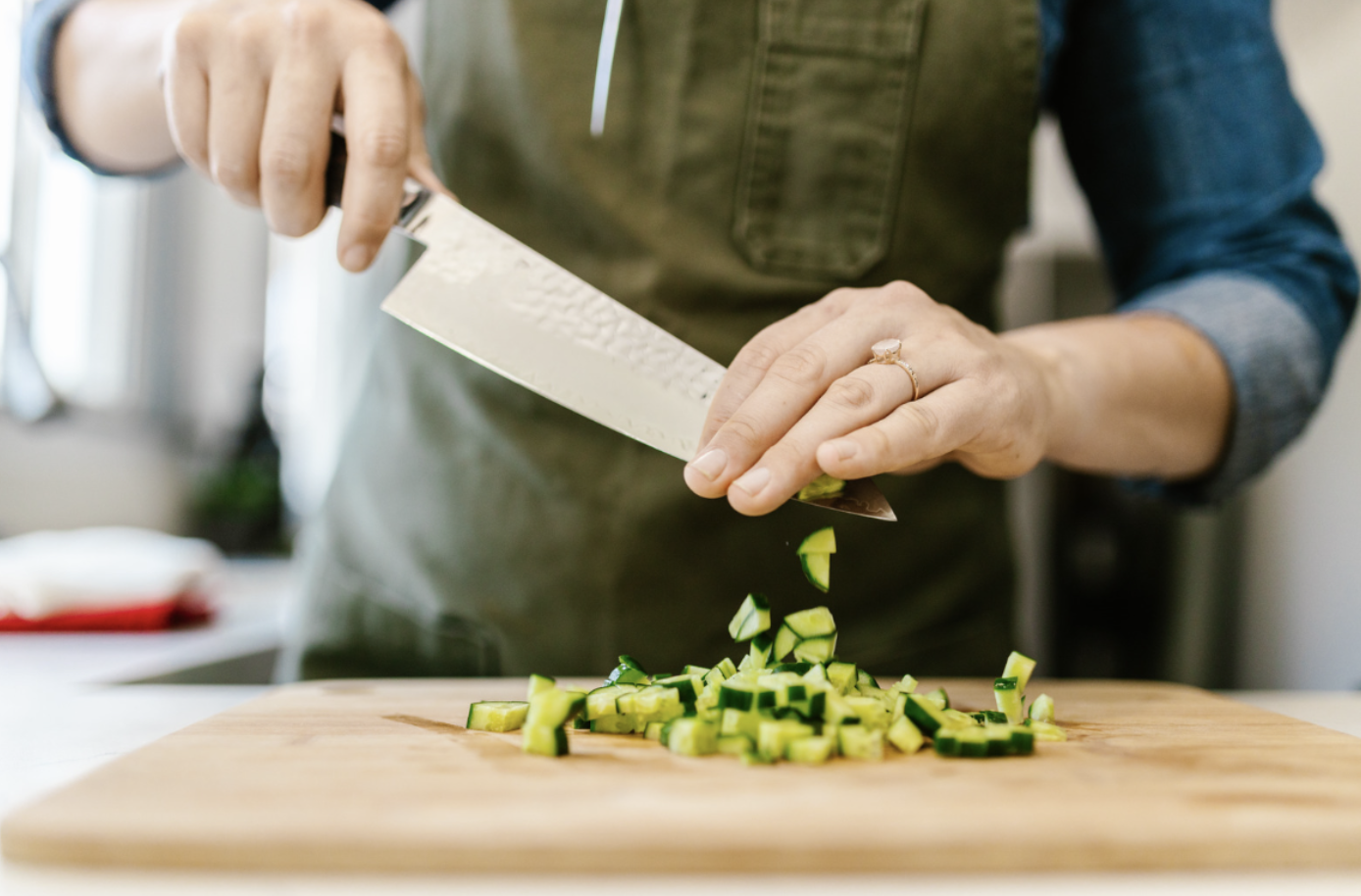Mastering the Techniques: How to Hold a Japanese Knife
Written By James Morgan
For barbecue enthusiasts, mastering the art of using a Japanese knife can highly enhance your culinary experience. Whether you are an amateur griller or a professional pitmaster, understanding how to hold a Japanese knife can make your food preparation safer, more efficient, and more enjoyable.

Why Japanese Knives are Special
Japanese knives are famous for their precision, sharpness, and quality. Made with high-grade materials and meticulous craftsmanship, these knives offer unparalleled performance, particularly when it comes to slicing meat and vegetables for your barbecue. Having the right technique to hold and use these knives can significantly impact your grilling results.
Understanding the Parts of a Japanese Knife
Before diving into the techniques, it's crucial to understand the different parts of a Japanese knife. This knowledge will help you grip the knife properly and use it to its full potential.
- Blade: The sharp portion used for cutting.
- Handle: The part you grip; it influences the control you have over the knife.
- Heel: The rear part of the blade, usually used for cutting tasks requiring more force.
- Spine: The top, non-cutting edge of the blade, providing stability and control.
- Tip: The front end of the blade, ideal for detailed tasks.

The Correct Grip
Proper grip is the foundation of using a Japanese knife effectively.
The Pinch Grip
The pinch grip is preferred by most professional chefs because it offers the best balance and control. Heres how to do it:
- Hold the knife with your thumb and index finger gripping the blade just in front of the bolster.
- Wrap your remaining fingers around the handle.
- Ensure your grip is firm but not too tight to avoid fatigue.
This grip allows for better maneuverability and precision when cutting vegetables, slicing meats, or even prepping intricate dishes for your barbecue.
The Handle Grip
If youre new to using Japanese knives, you might find the handle grip more comfortable. Its simpler and offers a bit more stability for those not yet confident with the pinch grip.
- Hold the handle with all fingers and ensure a strong grip.
- Your thumb should rest on the spine of the knife for added stability.
While not as versatile as the pinch grip, the handle grip can be useful for less intricate tasks such as cutting through large cuts of meat.

Safety First: Avoiding Common Mistakes
Using a Japanese knife comes with its own set of safety challenges. Here are some tips to keep in mind:
Avoid Cutting Towards Yourself
Always cut away from your body to minimize the risk of injury.
Use a Stable Surface
Ensure your cutting board is stable. A non-slip mat underneath the cutting board can help.
Mind Your Fingers
Keep your fingers curled inward while holding the food you're cutting to keep them out of the blade's path.

Enhancing Your Barbecue Experience
A well-held Japanese knife plays a crucial role in food preparation, especially when barbecuing. Slices of meat need to be even and vegetables need to be finely chopped for perfectly cooked meals. Mastering these techniques will undoubtedly enhance your barbecue experience.
For additional information on keeping your Japanese knife in top condition, check out these resources on How to Sharpen Nakiri Knife and Sharpening With Whetstone.
Conclusion
Mastering how to hold a Japanese knife can make a huge difference to your barbecue preparation. With practice, youll find that these techniques not only improve your efficiency but also make the process more enjoyable. Remember, safety firstalways be mindful of your grip and your cutting technique to avoid injuries.
FAQ
How do I know if I am holding a Japanese knife correctly?
If your grip is firm yet comfortable and you feel in control of your knife during various cutting tasks, youre likely holding it correctly. The pinch grip is recommended for best control.
Why is the pinch grip preferred?
The pinch grip offers the best balance and control, making it easier to maneuver the knife for different cutting tasks, which is essential for barbecue preparation.
Can I use a Japanese knife for all types of cutting?
Yes, Japanese knives are versatile tools. Theyre excellent for slicing, dicing, and detailed cutting tasks which are often required in barbecue preparations.
How do I maintain the sharpness of my Japanese knife?
Regular sharpening is key to maintaining sharpness. You can use a whetstone for this purpose. For more detailed guidance, read our article on sharpening Japanese knife with whetstone.
As an Amazon Associate, I earn from qualifying purchases.



